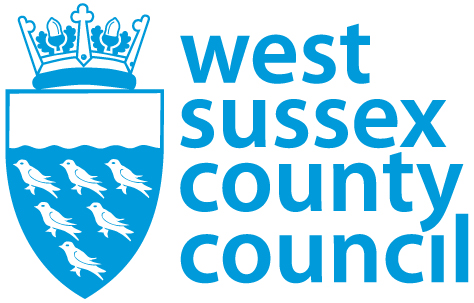Covid-19 recovery
Our vision for 2050 represents the future we want for our region. To get there, we need to understand how the Covid-19 pandemic has impacted on our economy and day-to-day lives and what it means for our future investment priorities.

Unlocking sustainable growth
Our research looks at a range of potential ‘unlocking’ scenarios and how they could affect employment, business activity and travel patterns here in the South East. We also talked to our partners to help get a detailed picture of how our region’s economy – and the millions of people who make it tick – might respond in each scenario.
The findings from our ‘Covid-19 recovery scenarios’ report means we can now test that the schemes and initiatives put forward in our area studies deliver the best outcomes for our region in this time of great uncertainty – helping us move towards that vision for 2050 and supporting economic recovery in the South East and across the UK.

Modelling potential future scenarios for the easing of lockdown measures means we can test how effective transport investment will be in helping the South East’s economy recover and grow.
Rupert Clubb, lead officer
Key insights
Our report uncovered a range of insights to inform and support the decisions we make, focused around five key themes:
- The speed of the economic recovery
- A new relationship with London
- The importance of polycentricity
- Rising inequality
- Changing behaviours and technology
Speed of the economic recovery
The economic recovery from Covid-19 is likely to take place over years, rather than months and may entail major economic restructuring of the South East’s economy.
It is important that the short-term economic damage caused by the pandemic is not used as an indicator of what these long-term changes will be.
Many of the sectors which have been hit the hardest – hospitality, tourism, entertainment and the arts – are fundamental to the functioning of a healthy society and are anticipated to return in the South East once the economy has recovered.

A new relationship with London
Covid-19 has changed the nature of the relationship with London, with many people who formerly worked in the capital now working from home in the South East.
In the future there may be an increase in the number of individuals relocating permanently to the area from London. This is likely to bring benefits to the South East by boosting our ‘native’ economy but will also place more pressures on an already overstrained housing market.
We must consider carefully how this new relationship with London is going to influence travel patterns across the South East. For example, ‘radial’ journeys may now become less important with consequentially greater need for investment in ‘orbital’ components of the transport network.

Importance of polycentricity
The relatively large number of medium-sized towns and cities across the South East has helped the region’s resilience compared to other UK regions with larger urban hubs.
To help these areas thrive into the future, investment in ‘intermediate length’ journeys will be important, for example, reallocating rail capacity to focus on local services, encouraging express bus services and the provision of more road space for active modes like walking and cycling.
In the longer term, if the population of these towns and cities is to increase beyond current plans, there will need to be investment in transit-orientated development, providing the housing needed for population expansion without increasing private car use.

Rising inequality
The South East already has high levels of inequality which are likely to worsen as a result of the pandemic.
Covid-19 has affected those at the lower end of the income scale the hardest. More deprived, lower-income sections of the economy have borne the brunt of the economic shock and will take the longest time to recover.
Even while demand is suppressed, sustaining and increasing public transport capacity, accessibility and connectivity is needed so that people who are reliant on public transport and need to travel can. Further measures could include the use of new technologies such as integrated ticketing to encourage wider use of services, bus priority measures and mass rapid transit.
Overall, our area studies should aim to provide good connections for people in areas of high deprivation to job opportunities, carefully assessing how transport provision can help communities which have been hardest hit by Covid-19 to recover more rapidly.

Accelerating behavioural and technological change
Covid-19 has accelerated many technological developments which were already reshaping our society. Some of these changes have been and will continue to be positive for society while others will pose problems which will need to mitigated.
Ultimately, increased homeworking is likely to be environmentally beneficial – so improvements to digital and mobile connectivity are essential to ensure the potential for this is maximised.
Although an increase in car mode share has been forecast, this has been offset by a reduction in total numbers of trips resulting from decreased work trips (i.e. higher levels of working from home and a lower number of jobs).
This overall reduction in the total number of car trips is forecast to last at least three years. It is unclear how this will change beyond this period, but we could well be planning in the medium to long term for lower levels of car traffic than previously envisaged.
It is also possible that through changing travel patterns as a result of where people live and work and how they work, that demand for car travel spreads to outside the peaks and moves away from some of the most congested radial routes in the region.
We must think carefully about how we can best make use of the benefits brought by this technological acceleration and behavioural shifts, whilst mitigating negative side-effects. In particular, it will be important to ensure that towns and cities remain sites where people want to come and interact, even as economic opportunities become less geographically concentrated.
















